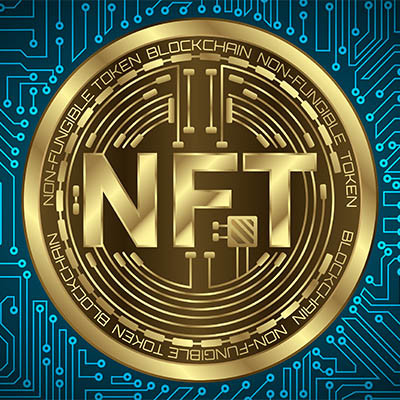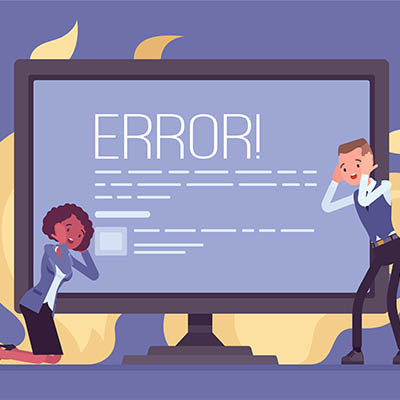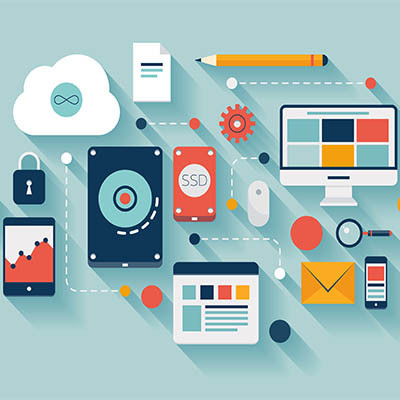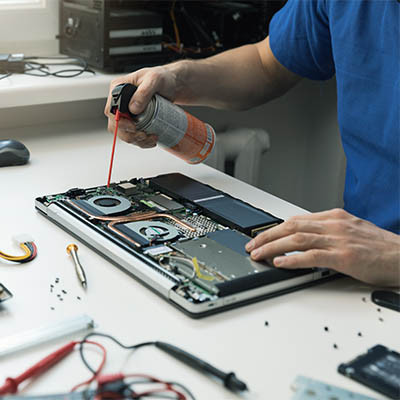SouthBridge Consulting Blog
Healthcare is one industry that consistently operates under an immense amount of pressure, and as such, professionals in the industry are always trying to find new and innovative ways to make things more manageable. The latest technology to aid in this trend is artificial intelligence, or AI, and it has proven to be a considerable asset for the industry. Here are some ways that AI has changed the way healthcare manages particularly stressful situations for the better.
Last week we took a look at three of the most impressive phones on the market. Those phones all cost a pretty penny. Not that you will get a new smartphone for a song, but it’s just not feasible for most people to drop over a thousand bucks on a new smartphone. Most cellular carriers make it palatable by allowing people to finance the phones as a part of their monthly cellular service, but if you are looking for a strong device that comes in under $500, here are three good options.
The COVID-19 pandemic is still in full swing, and while many companies buckled under the pressure put on them to maintain operations, others have managed to adapt through the use of remote technology solutions. Businesses have put into place policies surrounding this remote technology, many of which are both helpful and harmful.
Most everyone uses the cloud in some capacity, even if it’s not a professional one. Simply put, the value it provides even on a consumer level is astounding, and this is even more so with business applications. The cloud makes it much easier for organizations to manage their resources compared to hosting them in-house, but a problem has surfaced with some companies suffering due to what’s called “cloud sprawl.”
When it comes to procuring technology and working on technology projects, budgeting is a key issue that must be ironed out long before project implementation begins. This process can be troublesome and fraught with all sorts of challenges, but you don’t have to do it alone! We’ve got your back. Here’s a crash course on how you can manage your IT budget for maximum value.
There is so much technology to choose from for your business that it can be overwhelming to pick the right tools for your specific circumstances. There are communication tools, productivity solutions, and even mobile options that can enhance and enrich your clients’ and employees’ experiences with your company. As a business owner, you must do all that you can to keep the future in mind when implementing innovative new technology solutions to fit the needs of your organization.
The holidays are some of the best times for technology lovers. Not only do manufacturers deliver the coolest tech for the busiest retail time of the year, there is a good chance that you may be gifted some of it. This week, we thought we would take a look at three popular gadgets that are flying off the shelves this holiday season.
Network security can be tough; there’s a lot to know, and you often need to have trained professionals on your side to ensure your systems are as secure as possible. With the right solutions on your side, however, it can be made much more manageable. Let’s discuss some of the most important security features your organization should implement and why.
Over the past couple of years, more and more people are using smart speakers to help them manage their day-to-day lives. Some people use them as their personal assistants, some just use them to help them remember things they would tend to forget otherwise, others just use them as extremely complex thermometers. Regardless what the use is, one question will always be near the surface about these devices: Are they secure? Let’s take a look at the many issues surrounding smart speaker security.
Business has changed, so the tools your organization uses must evolve as well. One element of your business that has not only got more affordable, but also offers robust integrated features is your telephone system. Today, you can get some pretty impressive features as a part of a hosted VoIP implementation. With collaboration being more important than ever to keep costs down, having the tools you need at the ready is more crucial than ever.
Artificial intelligence has always been an intriguing concept, from the works of Isaac Asimov to the initial work at Dartmouth College in the 1950s. Nowadays, many of the technologies that we rely on each day incorporate some version of artificial intelligence… and more progress is made each day. Of course, for all its benefits, artificial intelligence can also create some problems for businesses.
When it comes to implementing new technology solutions for your business, there is always a desire to solve some sort of problem. Maybe you are not as productive as you would like to be, or perhaps there is an operational inefficiency that you hope to address or streamline through the use of the technology. Either way, the end result is the same; you are trying to make progress and move forward, not over-complicate your infrastructure.
Modern businesses rely on a lot of technology to stay operational, much of which can be considered hardware, or the physical computing systems that contribute to your infrastructure, like workstations, routers, switches, and servers. Unfortunately, no technology lasts forever, and this is true for hardware as well. One of the most devastating problems that a business can face is hardware failure, and no matter how well you maintain your technology, you must be ready to face down this threat at any given moment.
For the average business, upgrading technology comes with some risks. Will you get the return on your investment back fast enough to make your investment worthwhile? Will the technology solve the operational problems you are trying to confront? Do you have the available capital to make significant upgrades? These questions and more can keep a business from taking advantage of the amazing benefits many new technologies can bring. Today, we thought we’d outline four signs that will tell you when it’s time to upgrade your business’ technology.
Historically there have been several methods to transfer data from one system to the next, and while the cloud has rendered many of them irrelevant and unnecessary, that doesn’t mean they aren’t used by people looking to move data quickly. Many professionals still opt to use USB flash drives to keep certain data close at hand, but how at risk does this put the data on these drives?
In today’s competitive business environment, you need every edge you can get to one-up your competition and make waves in your chosen industry. One of the best ways you can do so is by strategically implementing technology solutions that can enhance or transform the way your business operates both internally and externally.
Regular computer maintenance is part of maintaining healthy IT infrastructure, but one aspect that can often go by the wayside is keeping your computer physically clean. By this, we mean keeping it dust-free, clean and tidy. We’ve put together a shortlist of everyday actions that employees of any caliber can use to keep their workstations clean. This will help your organization take preventative measures over time and (hopefully) prolong the lifespan of your business’ technology.




















